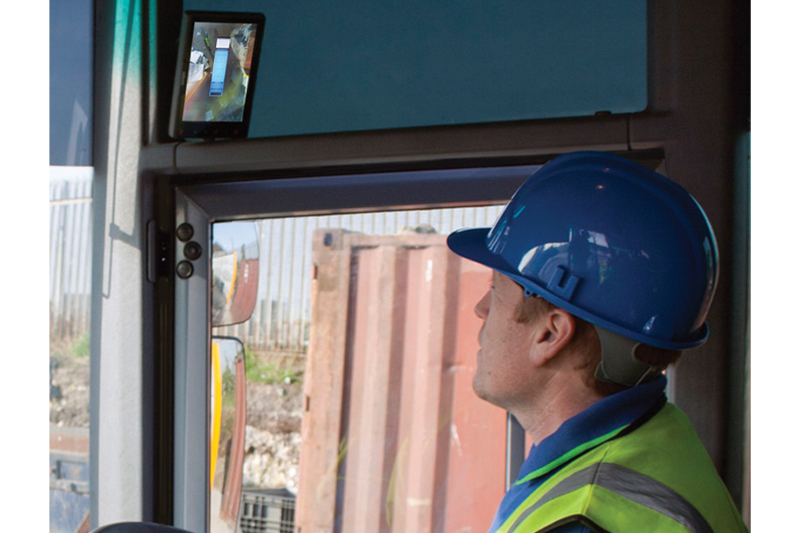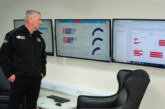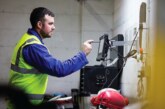
Emily Hardy, Marketing Manager of Brigade Electronics, examines the case for technology-based safety systems.
A recent survey by Brigade Electronics delved deeper into the motivations of fleet managers when considering whether or not to invest in technological safety upgrades, specifically camera systems. 245 fleet experts were interviewed on a wide range of topics, and the results make fascinating reading.
Almost three-quarters of respondents had purchased vehicle camera and/or vehicle CCTV systems in recent years. Respondents recognised that technology could play an important role in improving road safety and reducing accidents by eliminating blind spots and other common hazards.
But what of the remaining 27% who had not purchased camera technology upgrades for their fleets? Of this group, 25% said they had not bought such technology because they considered it to be ‘too expensive’.
Clearly, every fleet manager must make tough decisions as they seek to justify spending and balance the books. However, further results from the Brigade survey do suggest that the short-term outlay for camera systems can reap worthwhile financial benefits in the long term.
Of the respondents who did buy safety technology, 47% said the objective was to reduce insurance costs. Once installed, a third (33%) had seen a cut in insurance premiums as a result of installing a vehicle camera system and/or vehicle CCTV.
With premiums in general on the rise, this represents a considerable benefit that pushes against the prevailing tide of spiralling insurance costs. Premiums are rising in line with the Ogden discount rate, which is set by the Government to work out how much money insurance companies should pay as compensation. In July 2019, it was set at -0.25%.
How can camera systems help?
Camera monitor systems enable HGV drivers and plant operators to manoeuvre and drive safely. In the Brigade survey, 41% of respondents said they have noticed a reduction in incident reporting following installation of camera systems, and 27% reported a reduction in personal injury claims.
Companies that do invest in such technology are quick to appreciate the benefits: in the survey, 49% of respondents said they buy regular additional upgrades, demonstrating an ongoing commitment to maintaining the highest standards of safety for their fleet.
But it’s not just insurance premiums that are positively affected when HGV safety and security systems are installed. 80% of respondents also reported an improvement in driver behaviour, and 23% reported increased fuel economy, thanks to improved driver awareness and ability to manoeuvre safely in even the most challenging conditions.
One company which has experienced significant benefits is Wren Kitchens. The company’s Transport Manager, Lee Halls, said: “We estimate the return on fitting cameras to be five times the investment over a five-year lifecycle.”








